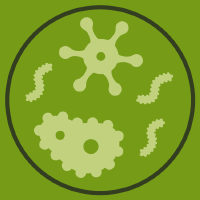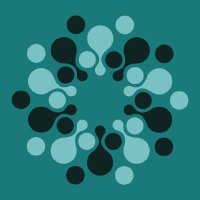Topic Menu
► Topic MenuTopic Editors


Novel Antimicrobial Agents: Discovery, Design and New Therapeutic Strategies, 2nd Volume
Topic Information
Dear Colleagues,
We have established one successful Topic on “Novel Antimicrobial Agents: Discovery, Design and New Therapeutic Strategies” with 61 papers, which encouraged us to open a second volume on the same topic. Please see the introduction about the Topic below. The rapid increase in antibiotic resistance raises concerns that we are returning to a pre-antibiotic era, in particular for Gram-negative infections; this is having an increasing impact on an international scale. There are few novel anti-Gram-negative/positive drugs being discovered and entering clinical trials, and therefore, novel drugs along with novel targets, techniques and methods that lead to new drugs are urgently needed. Overcoming resistance to restore the effectiveness of existing drugs or repurposing existing drugs are also important opportunities. This Special Issue is seeking original research articles and synopses (reviews) that demonstrate substantial advances within this field and we are inviting researchers from different fields (e.g., chemistry, biology, biochemistry, pharmacology, medicinal chemistry, PK PD modelers) to contribute to this editorial project. We aim to cover not only traditional but also non-traditional products, with both broad-range and single-target antibiotics for human and animal use.
You are welcome to read the papers published in the first Topic:
“Novel Antimicrobial Agents: Discovery, Design and New Therapeutic Strategies”
Prof. Dr. Mark G. Moloney
Dr. Sónia Silva
Topic Editors
Keywords
- antibiotic resistance
- antimicrobial agents
- novel anti-Gram-negative drugs
- novel anti-Gram-positive drugs
- antibiotics use
Participating Journals
| Journal Name | Impact Factor | CiteScore | Launched Year | First Decision (median) | APC |
|---|---|---|---|---|---|

Antibiotics
|
4.8 | 5.5 | 2012 | 13.7 Days | CHF 2900 |

Applied Microbiology
|
- | - | 2021 | 13.3 Days | CHF 1000 |

Chemistry
|
2.1 | 2.5 | 2019 | 19.1 Days | CHF 1800 |

Molecules
|
4.6 | 6.7 | 1996 | 14.6 Days | CHF 2700 |

Tropical Medicine and Infectious Disease
|
2.9 | 4.1 | 2016 | 19.4 Days | CHF 2700 |

MDPI Topics is cooperating with Preprints.org and has built a direct connection between MDPI journals and Preprints.org. Authors are encouraged to enjoy the benefits by posting a preprint at Preprints.org prior to publication:
- Immediately share your ideas ahead of publication and establish your research priority;
- Protect your idea from being stolen with this time-stamped preprint article;
- Enhance the exposure and impact of your research;
- Receive feedback from your peers in advance;
- Have it indexed in Web of Science (Preprint Citation Index), Google Scholar, Crossref, SHARE, PrePubMed, Scilit and Europe PMC.

